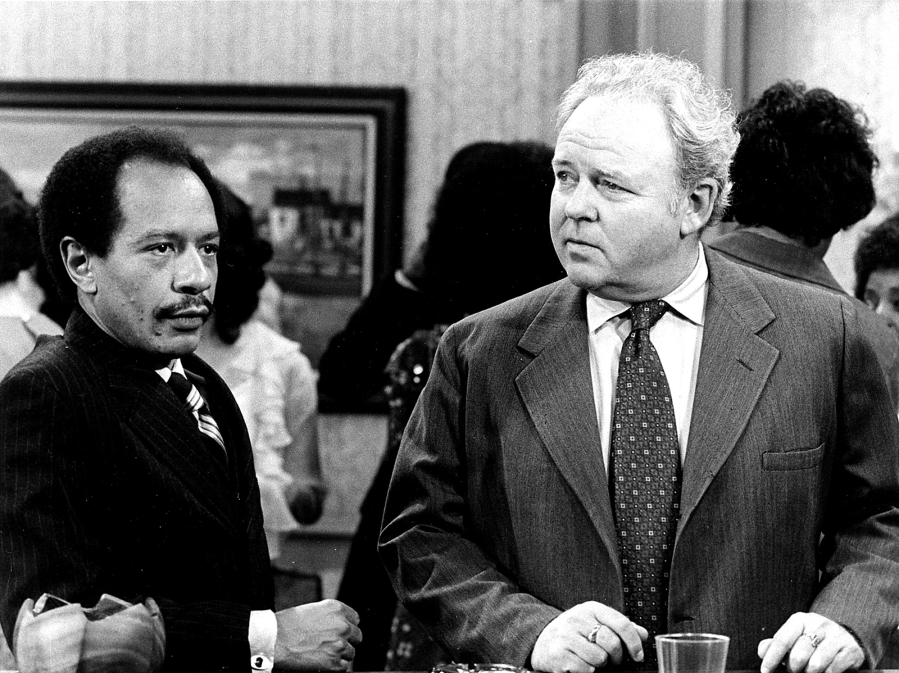Norman Lear wasn’t just an epochal talent — he was highly prolific to boot. So much so that the legendary producer, who died Dec. 5 at 101, had at least one TV series, and as many as nine at once, on the air throughout the entire period between 1971 and 1986.
We asked our critics to compile a list of his seven most essential TV shows and where to stream them.
‘All in the Family’
(CBS, 1971-1979)
Prime-time television was revolutionized by “All in the Family” when it premiered in 1971. The half-hour sitcom dared to tackle politics and social ills in a comedy set in the cramped Bunker household, where bigoted, grousing patriarch Archie (Carroll O’Connor) laid bare America’s changing values in the midst of the civil rights movement, the Vietnam War and women’s liberation. Archie was a reflection of a country in flux, and “All in the Family” a demarcation point for the changing nature of TV comedy. (Freevee)
‘Sanford and Son’
(NBC, 1972-1977)
Adapted from the British comedy “Steptoe and Son” in 1972, the American version follows the scheming king of insults/catchphrases Fred Sanford (Redd Foxx) and his gentler, more conscientious son Lamont (Demond Wilson) as they attempt to run a junk business together in Watts. (Peacock)




